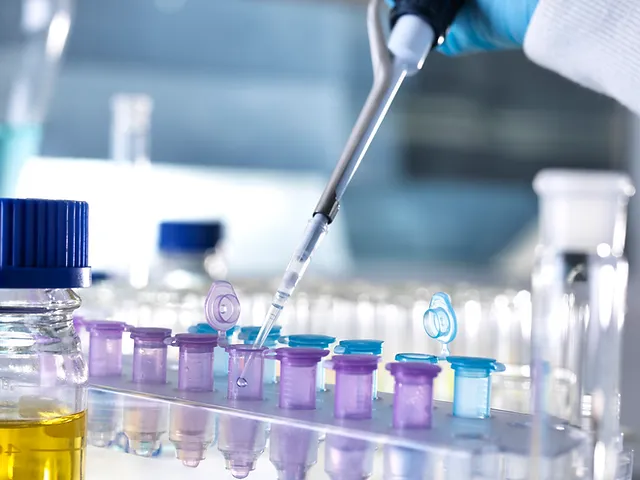From Macromolecules to Small Molecules – A Biochemistry Research Program
Biochemistry is a dynamic and interdisciplinary field of study that explores the chemical processes that occur within living organisms. It is a bridge between biology and chemistry, investigating the molecular mechanisms that underpin the functions of life. One of the most intriguing aspects of biochemistry research is the transition from understanding the intricacies of macromolecules to the exploration of small molecules, and how they impact various biological processes. Macromolecules, including proteins, nucleic acids, lipids, and carbohydrates, are the fundamental building blocks of life. They play a crucial role in biological processes such as enzymatic reactions, genetic information storage, and cellular structure. A significant portion of biochemistry research is dedicated to deciphering the three-dimensional structures and functions of these macromolecules, which provides insights into the mechanisms of life. Proteins, for instance, are central to the vast majority of biochemical pathways. They act as catalysts enzymes, transporters, receptors, and structural components. Understanding the structure and function of these macromolecules at the atomic level is essential in biochemistry.

Techniques like X-ray crystallography and nuclear magnetic resonance NMR spectroscopy have been instrumental in unveiling the secrets of macromolecules and how they function. As biochemistry research progresses, it often shifts from the study of macromolecules to the exploration of small molecules. Small molecules are typically compounds with low molecular weight and include metabolites, drugs, and various bioactive compounds. These small molecules can have profound effects on cellular processes. They can activate or inhibit enzymes, modulate gene expression, and influence signal transduction pathways. Small molecules have a wide range of applications in biochemistry, from drug development to the regulation of cellular functions. One of the primary areas of research where the transition from macromolecules to small molecules is evident is drug discovery. Understanding the structures and functions of macromolecular targets, such as enzymes or receptors, allows researchers to design small molecules that interact with these targets. This approach has led to the development of countless pharmaceuticals that treat a variety of diseases, from antibiotics to cancer therapies.
For instance, the discovery of small molecules that inhibit specific enzymes involved in cancer cell growth has revolutionized cancer treatment. Metabolism is another area where the transition from macromolecules to small molecules is crucial. The study of metabolic pathways reveals how macromolecules, such as carbohydrates, lipids, and proteins, are broken down and synthesized. Small molecules like ATP adenosine triphosphate serve as the primary energy currency in cells, while other small molecules act as signaling molecules that control various metabolic processes. The understanding of these small molecules and their interactions within metabolic pathways is essential for comprehending how cells function and respond to changes in their environment. Moreover, small molecules play a critical role in signaling pathways. For example, hormones like insulin, which is a small protein hormone, regulate glucose metabolism by binding to specific receptors on the cell surface. Small molecules, including second messengers like cyclic AMP, relay these signals to intracellular macromolecules, thereby orchestrating a cellular response and click here. This transition is a testament to the versatility of biochemistry and its ability to provide insights into both the microscopic world of macromolecules and the impactful world of small molecules in the context of life and health.